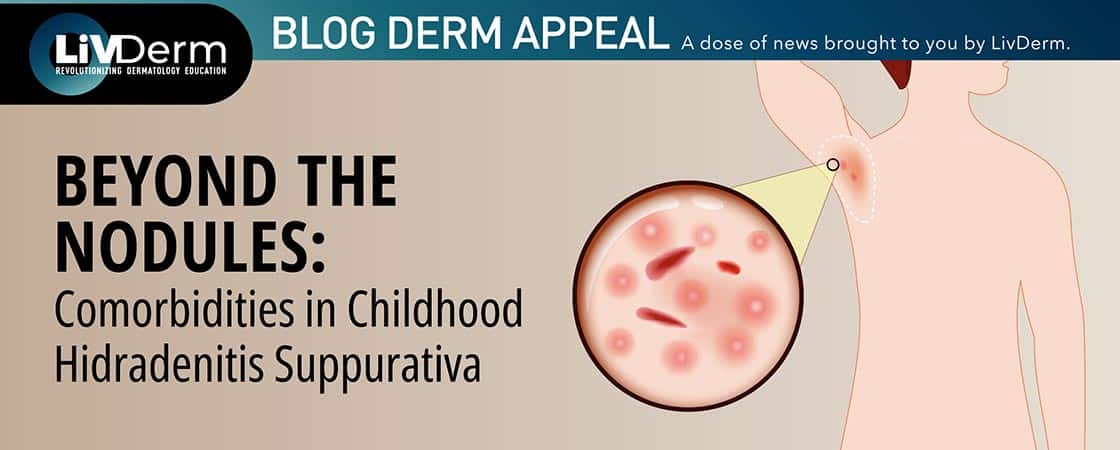With over 5 million new cases of skin cancer diagnosed each year in the United States, skin cancer qualifies as not only one of the most common cancers—but also one of the most preventable. Statistics indicate that approximately 90% of nonmelanoma skin cancers, and 85% of melanoma cases, are associated with exposure to ultraviolet radiation from the sun. The goal of Skin Care Awareness Month is a compatible, aligned goal with the SBS overarching mission: to raise awareness surrounding clinical dermatology, and encourage habits through clinical education, practices, and protocols.
Part of our objectives at SBS include creating and distributing blogs based in the most current, cutting-edge clinical content: designed to help our clinicians disseminate information to patients & clients. We encourage you and your staff to print these statistics, and share the following tips. If you sell products with SPF and/or moisturizers including SPF, these hints may be helpful to any purchasers.
To lower one’s skin cancer risk factors, there are specific habits and actions that can be taken:
Seek the shade
Between 10 am & 4 pm—during the strongest hours of the sun—clinicians often refer to the “shadow rule.” If a shadow is shorter than you are, the sun’s harmful ultraviolet radiation is stronger. If your shadow is longer, UV radiation is considered less intense.- Avoid tanning & UV tanning booths
UV radiation from tanning machines is known to cause cancer in humans. Statistics demonstrate that indoor UV tanners are 74 percent more likely to develop melanoma, one of the deadliest forms of skin cancer, than those who have never tanned indoors. Tanning bed users are also 1.5 times more likely to develop basal cell carcinoma and 2.5 times more likely to develop squamous cell carcinoma, two of the most common forms of skin cancer. The more time a person has spent tanning indoors, the higher the risk. - Use a broad-spectrum (UVA/UVB) sunscreen
Sunscreen should be an SPF of 15 or higher each day. For extended outdoor activity, experts suggest using a water-resistant, broad-spectrum sunscreen with an SPF of 30 or higher. - Do not burn
A person’s risk for melanoma, the deadliest form of skin cancer, doubles if he or she has had five or more sunburns in his/her life. - Apply 1 ounce (2 tablespoons) of sunscreen to the entire body
This process should occur 30 minutes before going outside. Reapply every two hours or immediately after swimming or excessive sweating. One eight-ounce bottle of sunscreen should provide two full days of sun protection. - Examine skin from head to toe each month
While self-exams should not replace an annual skin exam performed by a physician/clinician, they often offer the best chance of detecting early warning signs of skin cancer. If there are any changes in an existing mole, or new spots that do not heal after several weeks, experts suggest seeking a physician’s help immediately. - Cover up with clothing
This can include a broad-brimmed hat and UV-blocking sunglasses. Clothing can be the most effective form of sun protection; densely woven and bright- or dark-colored fabrics offer the best defense. The more skin covered, the better, so experts suggest long sleeves and long pants whenever possible.
SOURCES
https://www.skincancer.org/media-and-press/press-release-2018/skin-cancer-awareness-month
https://www.aad.org/public/spot-skin-cancer/programs/skin-cancer-awareness-month
https://www.cdc.gov/cancer/dcpc/resources/features/skincancer/index.htm


 Seek the shade
Seek the shade













